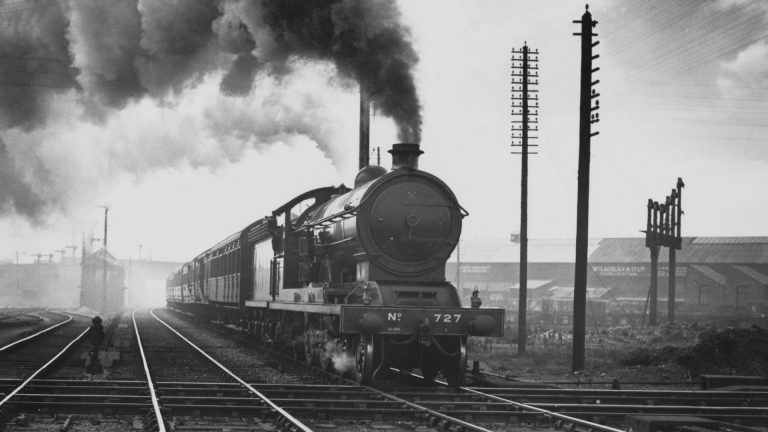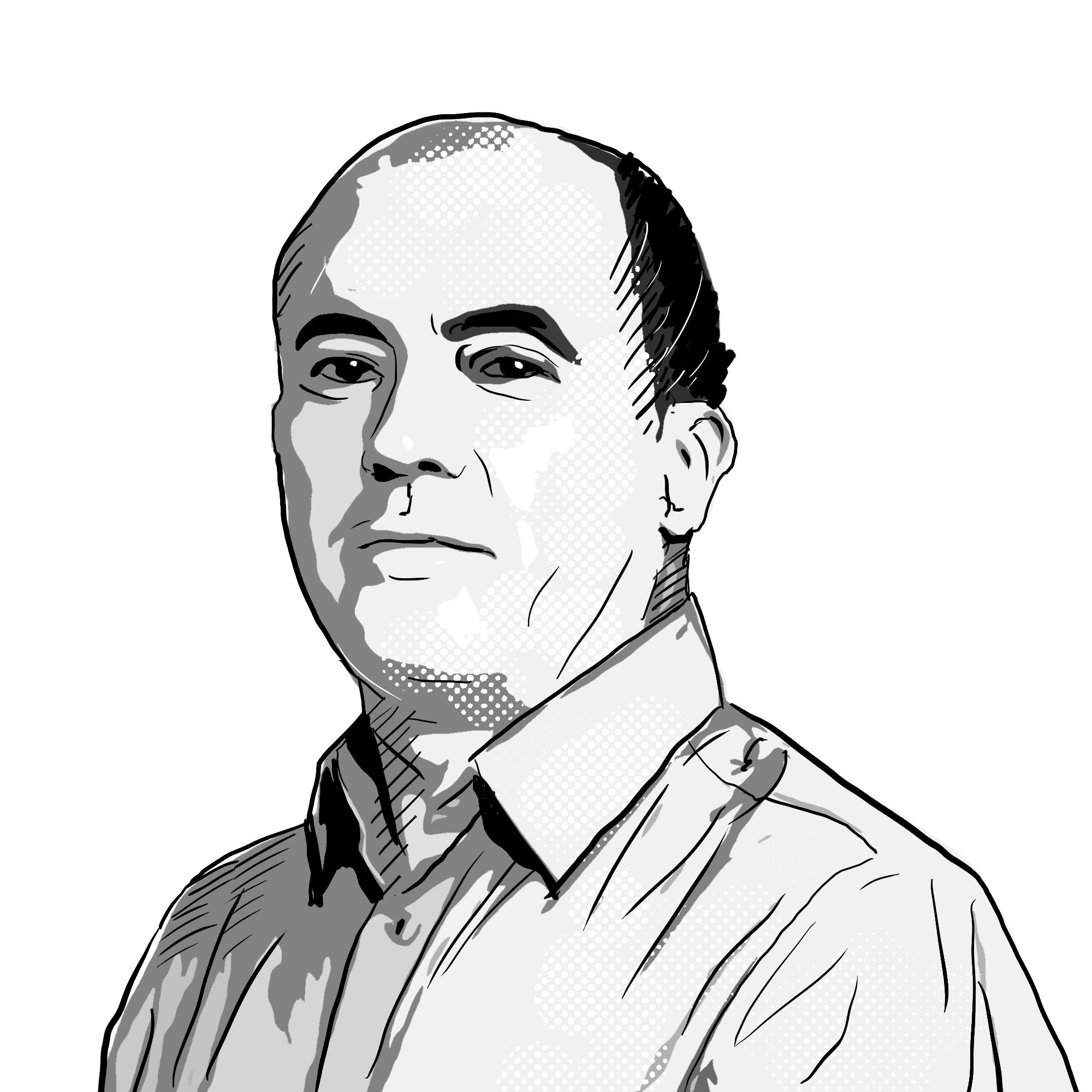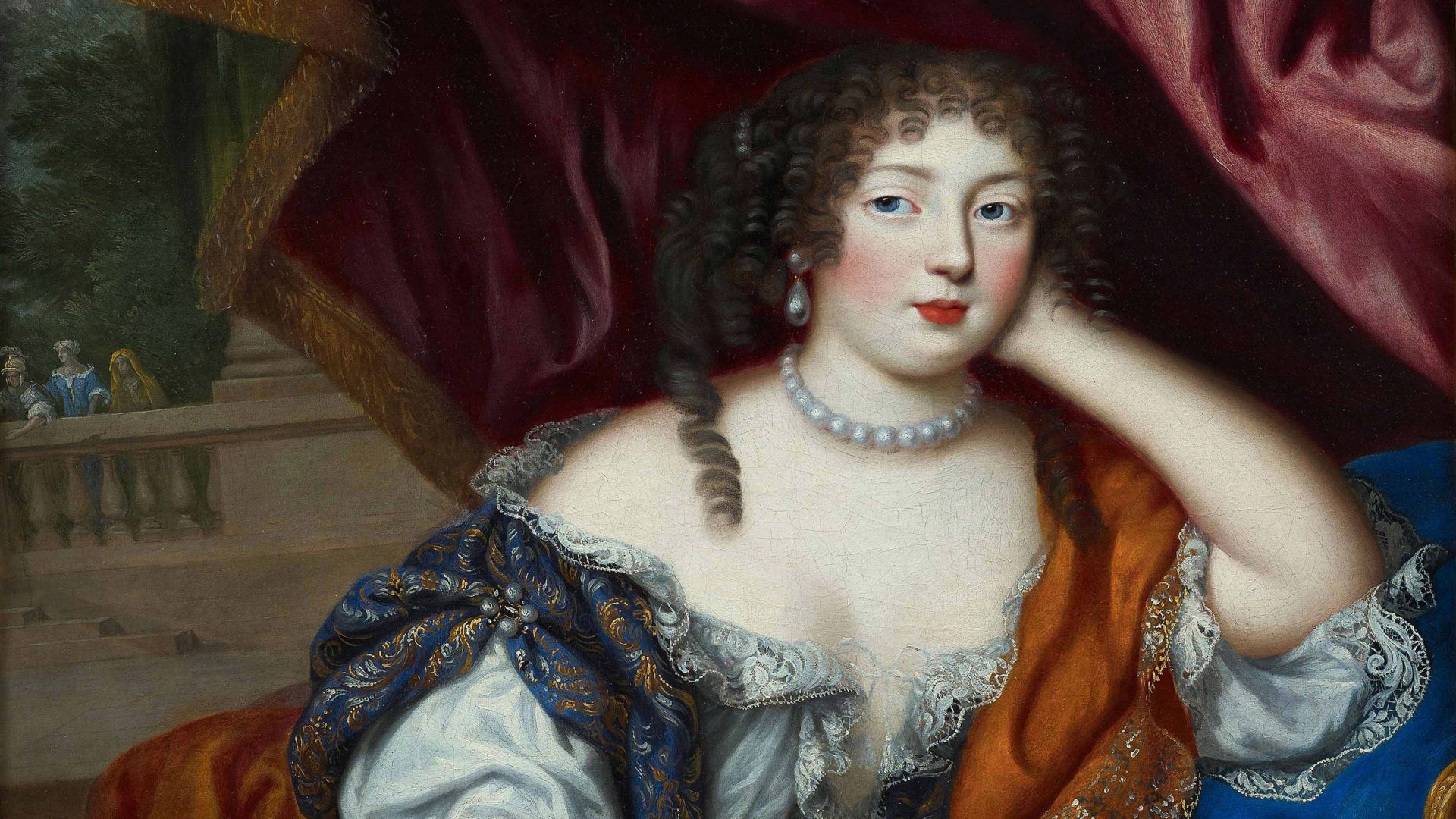It was the favourite mistress of King Charles II whose dulcet whispers helped ease the passage of a new observatory at Greenwich. Now, as the Royal Observatory celebrates its 350th anniversary, Louise, Duchess of Portsmouth, deserves some of the credit.
A count’s daughter from Brittany, Louise persuaded her lover to order his most brilliant scientists to consider a new French theory to work out a ship’s longitudinal position at sea. The idea was dismissed as unworkable, and wouldn’t become viable until later in the 18th century, using lunar tables and charts, even as chronometers were starting to revolutionise shipping.
Yet for seafaring nations in 1675, the need to solve longitude was pressing. “It was critical to all areas of maritime activity,” says Keith Moore, chief librarian at the Royal Society – formed in the 17th century to promote scientific endeavour, with longitude high on the agenda.
Lives and livelihoods, public revenues and personal fortunes depended on a solution. The British Isles, France and Spain all had extensive trade routes. Spices and porcelain from the east, tobacco and furs from the American colonies.
The transatlantic slave trade, and the sugar and other commodities it produced and shipped back to Europe, was a sinister and underlying component of the drive for longitude. Warships and mail packets would also benefit from faster, safer journeys.
“If you didn’t know exactly where you were in a ship, or the exact position of hazards such as reefs, you were courting disaster,” says Moore. “This was important to the Royal Navy, to merchants, whalers, and shipowners – and as the Spanish, Dutch and British would demonstrate, if you commanded the seas, you could command empires.”
Sailing north or south wasn’t a problem. You could work out your position from the altitude of the sun and the relevant pole star. But east or west was a voyage into the unknown.
Just one degree of longitude off could be fatal. At Plymouth, where a Royal Dockyard would be built at the tail end of the 17th century, it equates to more than 40 miles. Eddystone Rocks, 12 miles out in the Sound, were notorious.
The war of the Spanish succession would see one of the deadliest misjudgments. In 1707, four ships in the British fleet, returning from Gibraltar, were snared on rocks off the Isles of Scilly. The loss of up to 2,000 lives would reinforce calls to find longitude.
As in King Charles’s day, when first minister Colbert wanted France to rule the waves, there was a cross-channel rivalry to consider. More accurate star charts were required, which called for a brand new state-of-the-art observatory — a new jewel in the English Restoration crown. After all, Paris already had one.
Suggested Reading


How the railways built the world
An old hunting lodge high on a hilltop in Greenwich Royal Park was selected on a nod from Sir Christopher Wren. The architect, whose first love was astronomy, thought it would help celestial sightings to be away from London smoke.
Factionalism may also have played a part in the choice. It could have been Wren’s attempt to escape more than smoke in setting up a breakaway group of scientists one step removed from Royal Society influence in the capital.
Wren was, perhaps, thinking of transport links. “You’re very near the River Thames,” explains Emily Akkermans, a curator at Royal Museums Greenwich, “with really good access to London and the North Sea.”
But conditions were far from ideal. Parsimony, pomp, plague and patronage were back. The new Astronomer Royal, John Flamsteed – by some accounts the curmudgeon’s curmudgeon – complained about dust and Royal Society visitations. Says Akkermans: “Flamsteed was given a hundred pounds a year – sometimes three-quarters of a year behind.”
Moore agrees: “This is a very tricky period for people. If their patron dies, if they fall out of favour with organisations, or with the King or Queen, their income can dry up quite quickly.”
Egos were another problem. By 1714, when the Board of Longitude was offering cash incentives to crack the case, Flamsteed was in a full-blown war of words with his old protege Edmond Halley and the president of the Royal Society, Sir Isaac Newton.
At the heart of the white-hot spat was an accusation from Flamsteed (“less of a player” than his rivals, according to Moore) that the pair had misappropriated his celestial observations for a flawed pirate edition, in which Halley named a constellation after the oak tree King Charles had hidden in.
Flamsteed rounded up hundreds of the rogue copies and burned them in a pyre in the park. His own star catalogue – with its high degree of accuracy – would be finished and published posthumously by his widow, Margaret.
Tiffs and politicking aside, there was also vital collaboration among leading European thinkers. France’s Italian-born Giovanni Cassini sent data from his discovery of four Saturn moons across the Channel. Dutchman Christiaan Huygens and Englishman Robert Hooke pooled research on the planet’s rings.
The competitive environment spurring on discovery and invention would eventually produce Englishman John Harrison’s accurate sea clocks and the chronometers that would transform navigation. And Greenwich would emerge as the world’s prime meridian at 0 degrees longitude, cementing the observatory’s role as a guiding star long after the Age of Enlightenment was over.
Dr Allis Moss is a journalist and broadcaster whose roles have included reading radio’s Shipping Forecast and making announcements during the Wimbledon championships



